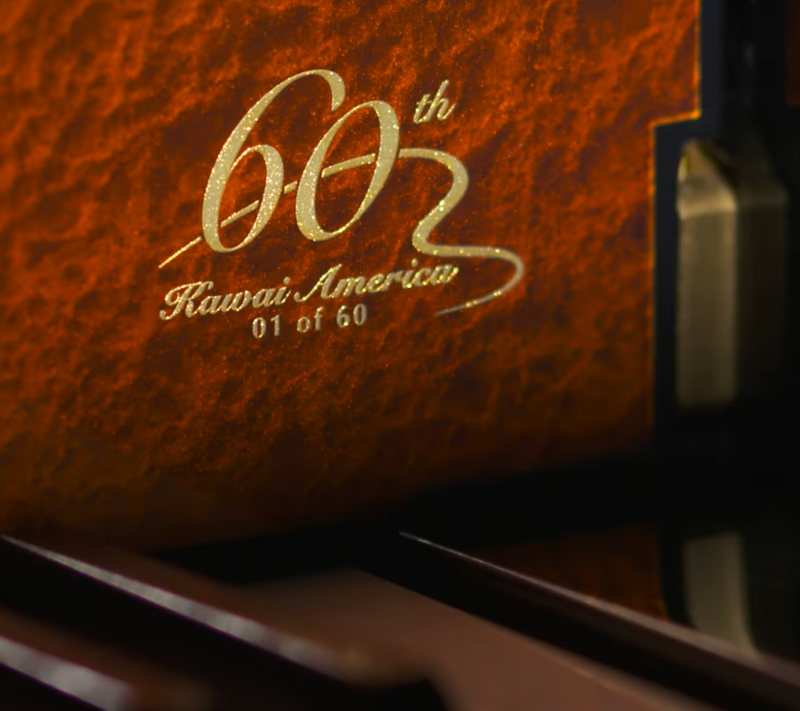 Money, apparently does grow on trees or at least in ancient times it did. It’s been recorded that rare tree sap was used as a form of payment for tax because it was deemed so valuable. This sap from the tree was harvested and refined into lacquer with incredible clarity and sheen. Many thousands of years ago, it was reserved for imperial palaces, religious temples and shrines. Early examples have been dated to 7000BC. It has been considered almost a wonder of nature – when cured, this lacquer is almost impermeable to the elements. In Japan, where these trees grow, lacquer is called “Urushi” as it comes from the urushi tree. The official name for the lacquer tree is Toxicodendron vernicifluum, the first word of which translates loosely to “toxic tree”. The sap from the Urushi tree has been harvested for millennia and admired for its luster and strength, but in its concentrated raw form, the sap can be poisonous. Oddly, when refined, it becomes harmless and even food safe.
Money, apparently does grow on trees or at least in ancient times it did. It’s been recorded that rare tree sap was used as a form of payment for tax because it was deemed so valuable. This sap from the tree was harvested and refined into lacquer with incredible clarity and sheen. Many thousands of years ago, it was reserved for imperial palaces, religious temples and shrines. Early examples have been dated to 7000BC. It has been considered almost a wonder of nature – when cured, this lacquer is almost impermeable to the elements. In Japan, where these trees grow, lacquer is called “Urushi” as it comes from the urushi tree. The official name for the lacquer tree is Toxicodendron vernicifluum, the first word of which translates loosely to “toxic tree”. The sap from the Urushi tree has been harvested for millennia and admired for its luster and strength, but in its concentrated raw form, the sap can be poisonous. Oddly, when refined, it becomes harmless and even food safe.
Refinement
The tree resin is collected and stored in a temperature controlled environment for 3 to 5 years. When ready to be refined, hot water is added to the sap to make a slurry. Cotton is then added to the slurry and any unwanted bark adheres to the cotton. With a centrifuge, the tree sap slurry spins out the precious lacquer. It is then stirred vigorously and heated to achieve the desired consistency. Once the lacquer has been applied to an object like a bowl, a desk or even a building, it is transformed to then have a vivid shine. This process has become so synonymous with Japan that it is even referred to as Japanning, meaning to coat with lacquer.
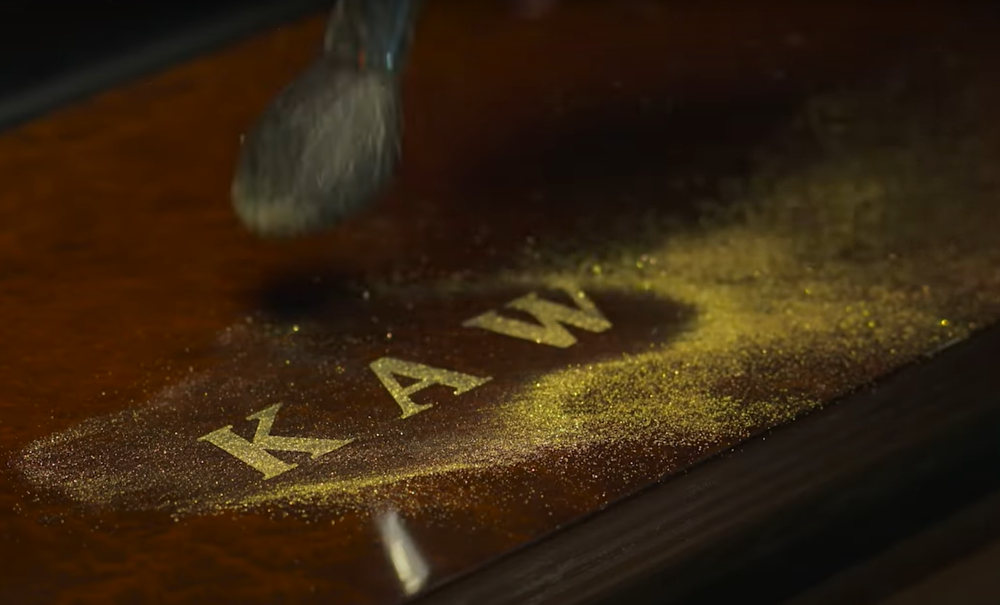
It seems appropriate that Kawai, a long standing Japanese piano manufacturer, would use this art form of refining urushi and apply it to their pianos. In celebration of 60 years in North America, Kawai has released 60 grand pianos and 60 upright pianos with urushi panels. In addition to this specialized lacquer, gold dust has also been added to the urushi to further enhance these piano parts and create an illusionary effect.
Maki-e (pronounced ma’-keah), is the process of adding pure gold dust to the Japanese urushi. While the gold creates metallic flake sparkle, the lacquer enhances and suspends the dust in a clearcoat to create an almost iridescent look. According to Kawai “After harvesting, the sap is filtered, dehydrated, and homogenized, resulting in an artisan clear lacquer. This lacquer can then be tinted in black, yellow, red, green, or brown. The lacquer is then applied under the most stringent conditions, and after it dries, a second layer is applied, making the process extremely labour-intensive – and for all who will own one, extraordinarily worth it. Using a technique called ‘Maki-e,” the Kawai logo and the 60th-anniversary logo are then created by sprinkling fine gold flakes onto the wet lacquer for a spellbinding effect.”
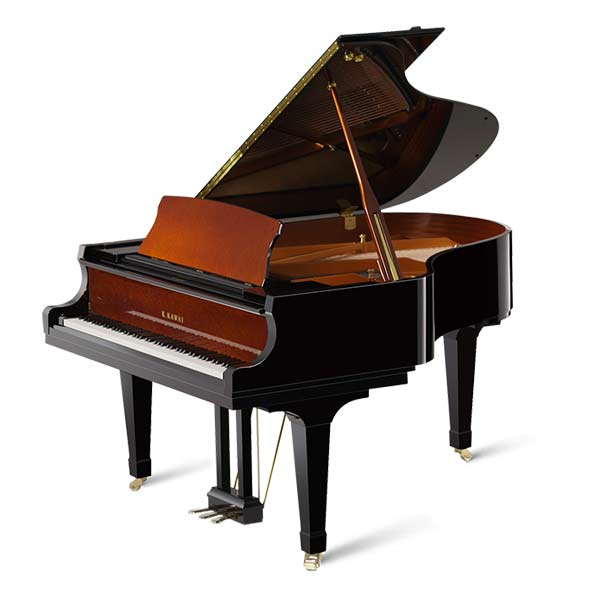 At first glance, one would think that the piano has 2-tone black and exotic cuts of wood. But what you’re actually looking at is the urushi effect that almost looks like wood. Each one has it’s own patterns in the lacquer. No two pianos will be the same. The gold dust suspended in the urushi gives it an almost 3-dimensional look.
At first glance, one would think that the piano has 2-tone black and exotic cuts of wood. But what you’re actually looking at is the urushi effect that almost looks like wood. Each one has it’s own patterns in the lacquer. No two pianos will be the same. The gold dust suspended in the urushi gives it an almost 3-dimensional look.
Two of the most popular pianos made by Kawai have been chosen for the 60th Anniversary. The Kawai GX2, their 5’11” long grand piano and the Kawai K-500, their 51” tall upright piano will feature these limited-edition accent panels. Each piano is numbered in the limited edition and truly these are individualized works of art.
For those who aren’t familiar with Kawai, they were founded in 1927 in Japan and have been making pianos ever since their inception. Today, they are considered a very high level piano featuring their third generation state-of-the-art Millennium ABS-carbon action parts, solid spruce soundboards, proprietary Neotex keytops, and one of the few companies that still manufacture their own hammers for a signature warmth to their tone.
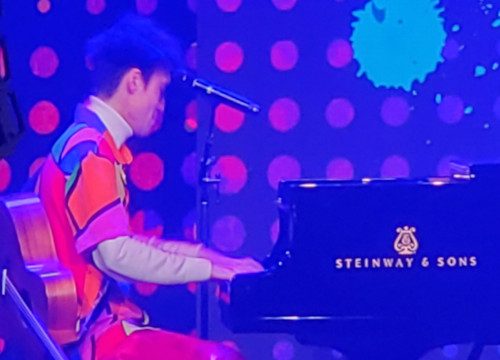
During the performance of Jacob Collier at the most recent NAMM show I was reminded that music makes us human, that beauty binds us together as a collective, and that the reason the music industry exists is to aid in the creation of art. I needed that reminder without which, the annual trade show featuring many of the great piano makers is just the sale of wares. I believe that people are feeling the uncertainty ...
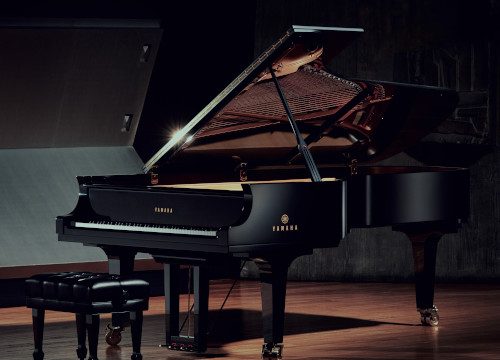
I used to have a teacher who would frequently say, “For every single grade point PAST 80%, it takes as much effort as the FIRST 80.” I believe this statement to be true from experience. The first 80 is the easiest. Chipping away at every point past that is the challenge. The bulk of the work can bring a project into shape but it’s the pursuit of excellence, that’s where the challenge lies. Yamaha is ...

The value of a piano is obvious ~ it’s the music that you make with it. But often, families are going through life changes which involve a house move and unfortunately, the piano needs to be sold. They invariably ask the question, “What are we going to do about the piano?” This question comes up because, as you can imagine, they’re not easy to move. We don’t simply pack them away in a cardboard box ...

You’ve been playing your piano for years now and the time has come to seriously consider downsizing the house and move into a condo. But what do you do with the piano? You love your piano and can’t imagine life without it and besides, you absolutely hate the idea of playing a digital keyboard. Many people don’t know that you can add digital functionality without compromising your existing piano. Yes, it is completely possible to ...
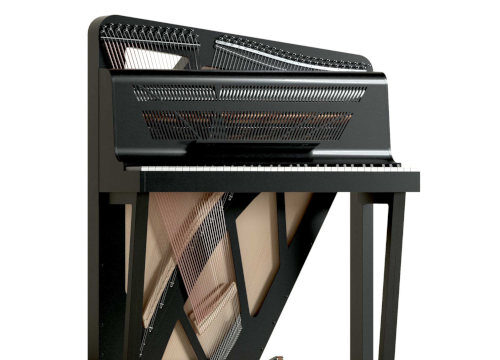
Many years ago, I remember seeing a piano in a museum similar to the one shown above (built in 1787 by Christian Gottlob Hubert. On display at Germanisches Nationalmuseum - Nuremberg, Germany). I have often wondered why acoustic portable pianos never really took off. Although we've seen more portable keyboard instruments like harpsichords, accordions or electronic keyboards, they operate completely different from a traditional piano in that they either pluck the strings, use air with ...
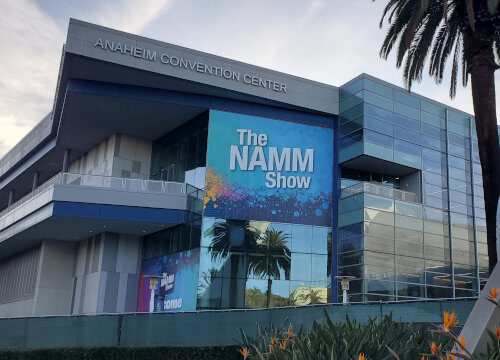
This was the first year since covid that the National Association of Music Merchants (NAMM) trade show was back to its regular January date and, in fact the first show where it felt back to normal. How was it? To answer that, I'm going quickly review the piano market over the last few years. Piano sales boomed during covid. Think about it - everyone was at home and with time on their hands, many turned ...